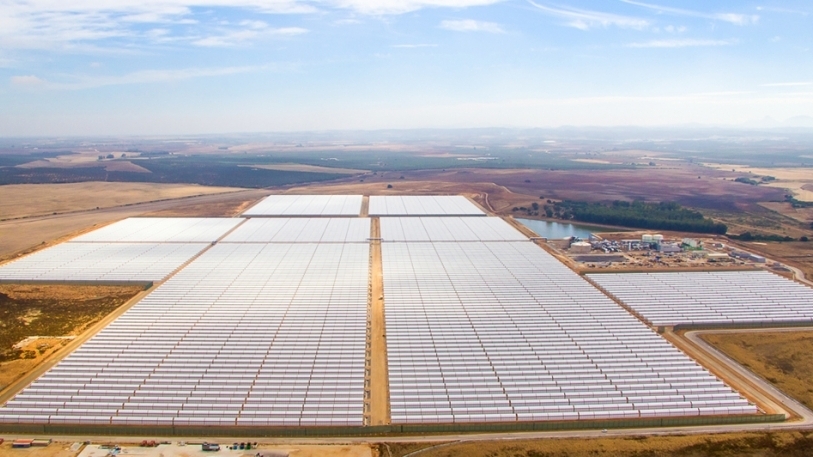
Net zero investments short by $18 trillion, BCG warns
An investment gap of roughly $18 trillion may threaten a global push to achieve net zero carbon emissions by 2050, according to a new study shared with Net Zero Investor.
The International Energy Agency recently estimated that about $37 trillion is needed in the next seven years to keep track with achieving net zero by 2050.
However, the Washington D.C.-based Boston Consulting Group found that around 300 large energy companies revealed investment plans of 'only' $19 trillion, which would leave a large investment gap.
BCG partner Rebecca Fitz said that investments are lacking in several key areas, such as the development of fossil and low-carbon fuels, infrastructure developments such as power grids and the expansion of electricity power generation and decarbonization at the end-use category.
"End-use categories are broad and include everything from industrial supplies and capital goods to automotive vehicles and consumer goods," Fitz noted.
“The largest gap, about 50% of the total, was in the end-use category,” she added.
“This highlights that end users, industrial goods companies such as steel, cement, and aluminium manufacturers, have critical roles to play,” Fitz stressed.
“They need to increase investments not only in energy efficiency, but also in fuel switching, for example, to biofuels, and on-premises renewables and carbon capture, utilization, and storage.”
Fitz said the investment gap problem stemmed from a change in the energy ecosystem.
“Traditionally, energy has been an extractive resource. You extract and sell it. And that was a high risk, but high return, business. As we move to net zero, that premise changes,” she noted.
“Energy becomes less of an extractive resource and more of a developed and manufactured resource with lower risk and returns," Fitz explained.
Given the high capital requirements that are still needed in the energy sector, including those related to wind and solar projects, joint investments are vital.
“That changes the relationship between buyer and seller. You need a much bigger ecosystem where the energy providers and users are investing jointly to see projects through,” Fitz said.
Large industrial energy users have a role to key play as well in closing the energy transition investment gap, she continued.
"They can boost spending on energy transition initiatives, create new ecosystems between suppliers and users, capitalize on government support and subsidies and push business models and technological innovations."
Finally, assistance is also needed from investors to close the investment gap.
“Investors need to fully integrate carbon risk into their portfolios, something that isn’t happening today,” Fitz concluded.




